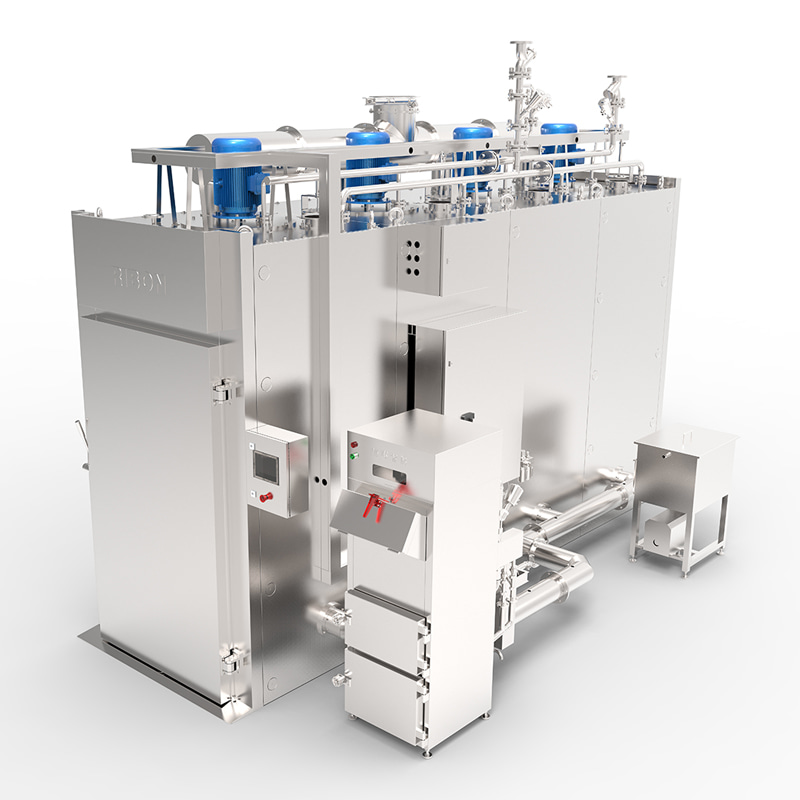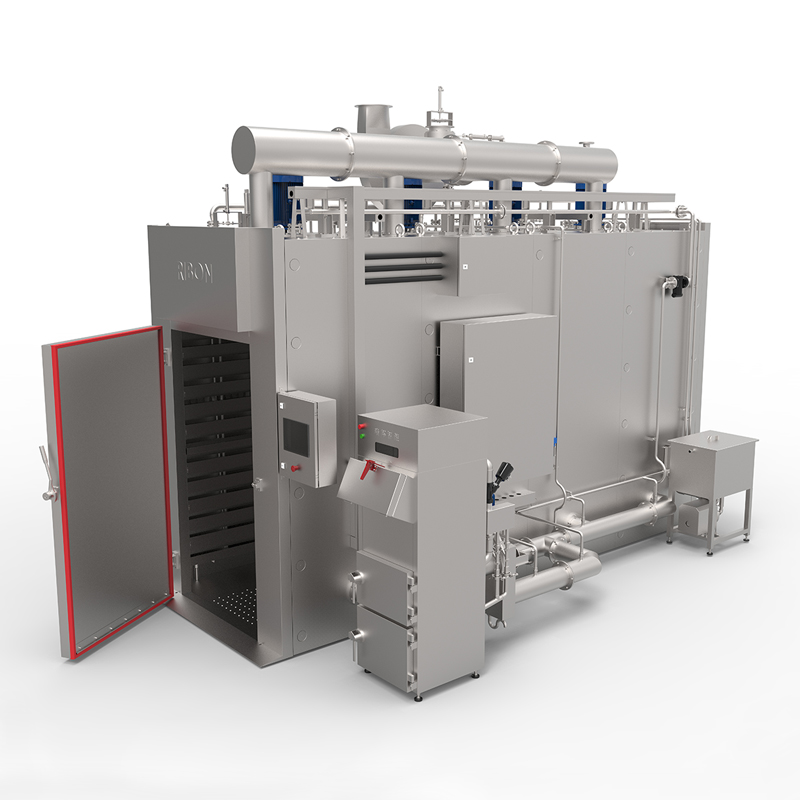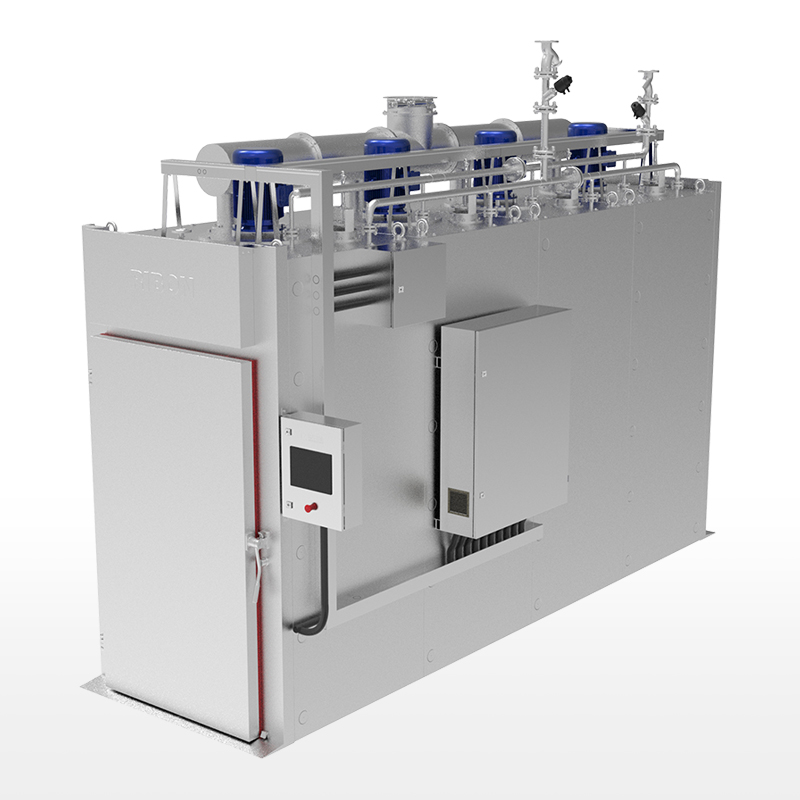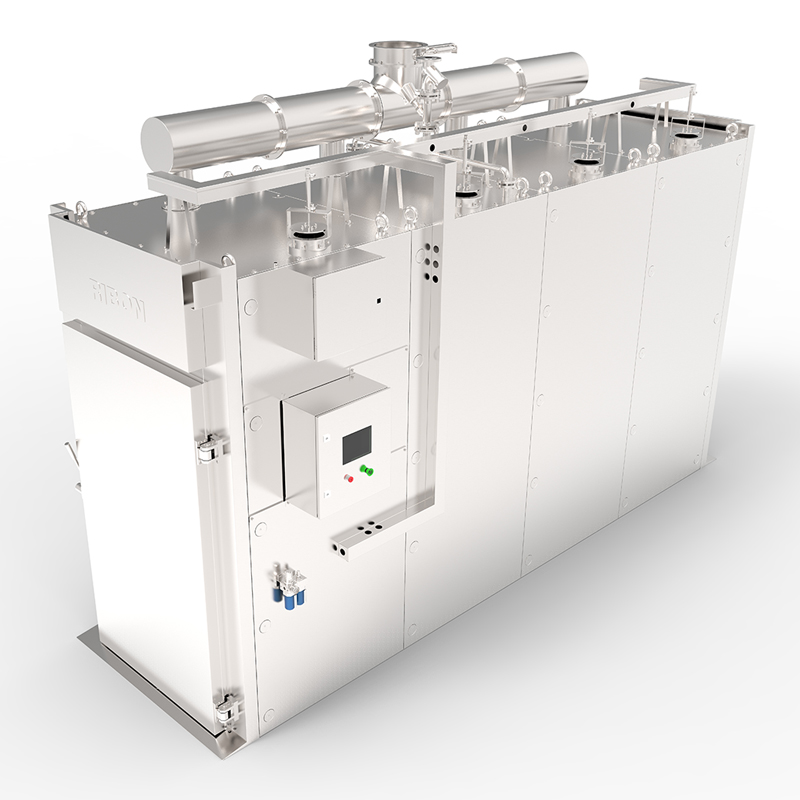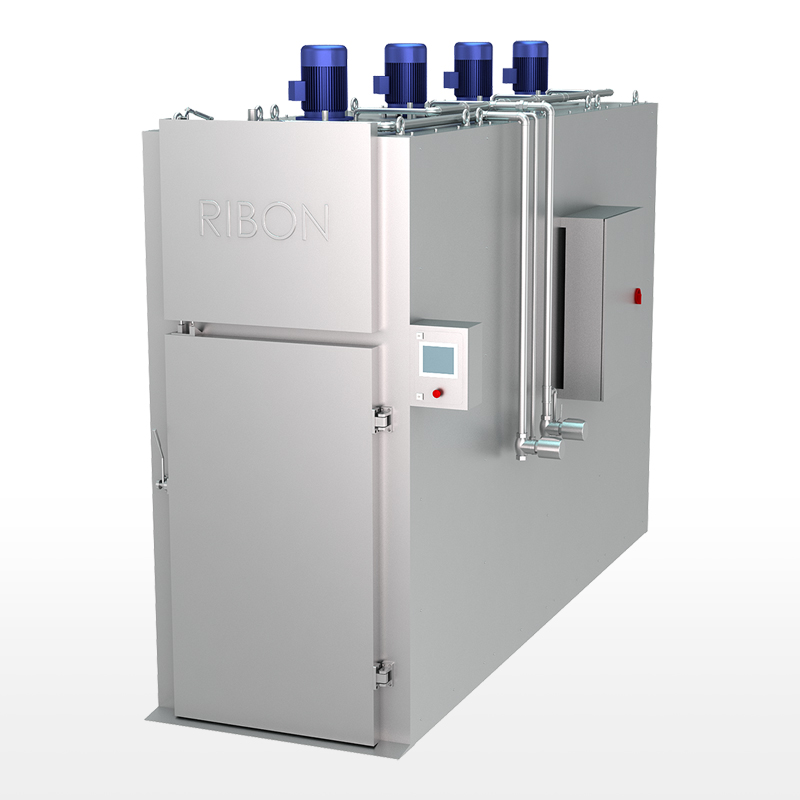A meat marinade tumbler is an invaluable tool for any serious cook, allowing for rapid and even marination, which results in more flavorful and tender dishes. However, like any piece of food processing equipment, proper cleaning and maintenance are crucial to ensure hygiene, extend the life of the machine, and prevent cross-contamination. Neglecting cleaning can lead to bacterial growth, unpleasant odors, and compromised food safety.
This guide will provide a professional and comprehensive approach to cleaning your meat marinade tumbler, covering everything from immediate post-use actions to deep cleaning and storage.
Immediate Post-Use Cleaning
The most effective cleaning begins immediately after use. Food residues are much easier to remove before they dry and harden.
-
Empty and Scrape:
-
Carefully empty any remaining marinade and meat scraps from the tumbler drum.
-
Use a plastic or silicone scraper to remove as much residue as possible. Avoid metal scrapers, which can scratch the drum's surface and create areas for bacteria to hide.
-
-
Rinse Thoroughly:
-
Rinse the inside and outside of the tumbler drum with warm water. Warm water helps to loosen fats and oils.
-
Pay close attention to any internal baffles or ribs, as these are common spots for food particles to accumulate.
-
If your tumbler has a removable lid and other components (e.g., vacuum pump connection, sealing gaskets), disassemble them and rinse each part individually.
-
-
Initial Soap Wash (if applicable):
-
For tumblers that are not too heavily soiled, a quick wash with dish soap at this stage can be effective.
-
Fill the drum with warm water and a small amount of food-grade detergent.
-
If your tumbler is designed for it, you can run it for a few rotations with the soapy water to help dislodge residues. Otherwise, use a soft brush or sponge to scrub the interior.
-
Detailed Cleaning and Sanitization
After the initial rinse, a more thorough cleaning and sanitization process is necessary.
Disassembly
Most meat marinade tumblers can be partially or fully disassembled. Refer to your manufacturer's manual for specific instructions for your model. Typically, this involves:
-
Removing the lid and any associated seals or gaskets.
-
Detaching the drum from the motor base (if designed for this).
-
Removing any internal mixing paddles or baffles.
Washing Individual Components
Once disassembled, clean each component separately:
-
Drum and Internal Parts:
-
Use hot water (preferably 110-120°F / 43-49°C) and a food-grade, non-abrasive detergent.
-
Utilize a soft-bristled brush (specifically designed for food equipment) to scrub all surfaces, including crevices, seams, and under baffles. Pay extra attention to areas that come into direct contact with food.
-
For stainless steel drums, specialized stainless steel cleaners can be used periodically to maintain shine and prevent water spots, but ensure they are food-safe and thoroughly rinsed afterward.
-
-
Gaskets and Seals:
-
Gaskets and seals are prone to harboring bacteria due to their porous nature. Wash them thoroughly with hot soapy water, ensuring all food particles are removed from their grooves.
-
Inspect them for any signs of wear, cracks, or damage. Damaged gaskets can compromise the vacuum seal and hygiene. Replace them if necessary.
-
-
Lid and Vacuum Port:
-
Clean the lid, ensuring the vacuum port and any associated tubing are free of blockages or residue. A small brush or pipe cleaner may be useful for these narrow areas.
-
-
Motor Base (if applicable):
-
Crucially, never submerge the motor base in water.
-
Wipe down the exterior of the motor base with a damp cloth wrung out in soapy water.
-
Ensure no liquids enter the electrical components.
-
Use a dry cloth to wipe away any moisture immediately.
-
Rinsing
Thorough rinsing is as important as washing. Residual detergent can affect food flavor and provide a medium for bacterial growth.
-
Rinse all components under plenty of clean, hot water.
-
Ensure no soap suds or film remain.
Sanitization
Sanitization reduces the number of microorganisms to a safe level. This step is critical for food safety.
-
Chemical Sanitizer:
-
Prepare a solution of food-grade sanitizer according to the manufacturer's instructions. Common options include quaternary ammonium compounds (quats), chlorine-based sanitizers (bleach), or iodine-based solutions.
-
Important: Always follow the recommended concentration and contact time. Too weak a solution is ineffective, and too strong can be corrosive or leave residues.
-
Immerse all washed components in the sanitizing solution for the specified contact time.
-
For large drums that cannot be fully immersed, you can fill them with the sanitizing solution or spray the interior thoroughly.
-
-
Heat Sanitization (if applicable):
-
Some components, particularly stainless steel ones, may be able to withstand heat sanitization (e.g., in a commercial dishwasher that reaches high temperatures). Always check manufacturer guidelines.
-
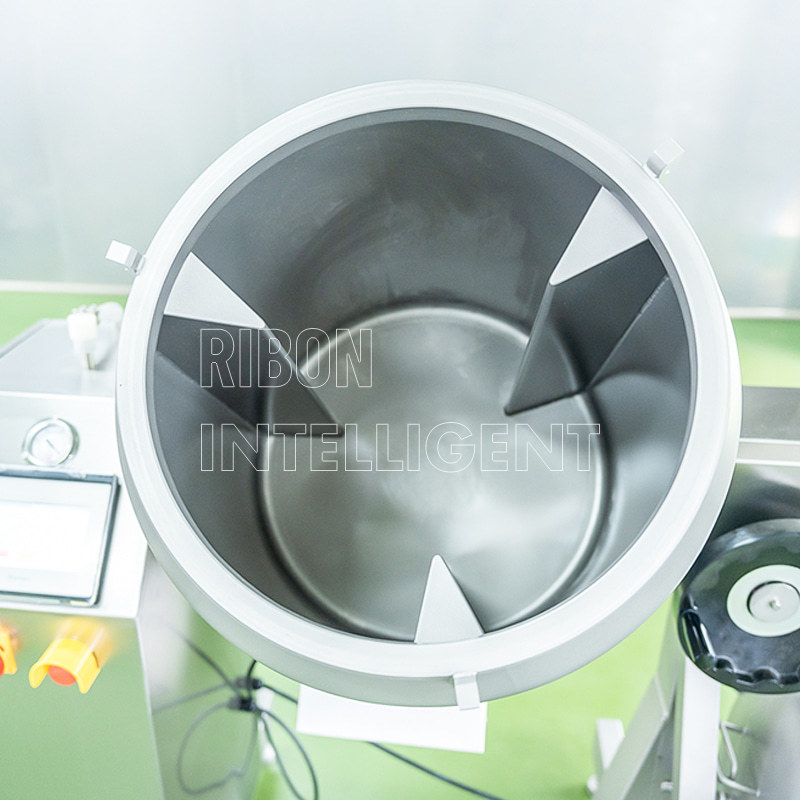
Drying and Storage
Proper drying prevents water spots and inhibits bacterial growth.
-
Air Dry:
-
After sanitizing, place all components on a clean, sanitized drying rack or clean towels.
-
Allow them to air dry completely before reassembling or storing. Do not use cloth towels to dry, as they can reintroduce contaminants.
-
Ensure all interior surfaces and crevices are thoroughly dry.
-
-
Storage:
-
Store the meat marinade tumbler in a clean, dry, and dust-free environment.
-
Ideally, store the drum with the lid slightly ajar or inverted to allow for air circulation and prevent moisture buildup and musty odors.
-
Protect the tumbler from dust and pests.
-
Addressing Specific Issues
-
Stubborn Residues: For dried-on or particularly greasy residues, consider a pre-soak with hot soapy water or a specialized food equipment degreaser.
-
Odor Removal: If persistent odors remain, a baking soda paste applied and left for a few hours, or a rinse with a diluted vinegar solution (followed by a thorough rinse with water), can help neutralize smells.
-
Vacuum Pump Maintenance: Refer to your tumbler's manual for specific instructions on cleaning and maintaining the vacuum pump, as this often involves different procedures (e.g., oil changes for oil-lubricated pumps).
Frequency of Cleaning
-
After Every Use: Immediate post-use rinsing and a quick wash are essential.
-
Daily (for frequent use): A full detailed wash and sanitization should be performed daily.
-
Weekly/Bi-Weekly (for less frequent use): A deep clean and thorough inspection of all components, including seals and the motor area, is recommended.
By adhering to these professional cleaning practices, you'll ensure your meat marinade tumbler remains a hygienic, efficient, and long-lasting asset in your kitchen, consistently producing perfectly marinated meats that are safe and delicious. Remember, food safety is paramount, and a clean tumbler is a cornerstone of safe food preparation.





 English
English русский
русский Español
Español عربى
عربى
